Introduction to Living Root Bridges
Located in the lush green landscapes of Meghalaya, the Living Root Bridges are remarkable examples of bioengineering and natural beauty. These bridges, made from the roots of the Ficus elastica (rubber fig tree), are not only functional but also a breathtaking sight for nature lovers and adventure seekers. If you are planning a trip to Meghalaya, witnessing these living architectural marvels should be at the top of your list.
In this blog, we’ll take you through everything you need to know about the Living Root Bridges—where to find them, how they are made, the best time to visit, and the trekking experiences they offer.
What Are Living Root Bridges?
Living Root Bridges are natural suspension bridges formed by guiding the roots of rubber fig trees across rivers and streams. The indigenous Khasi and Jaintia tribes of Meghalaya have been creating these bridges for centuries. Unlike conventional bridges, these grow stronger with time as the roots thicken and intertwine.
The most famous among them is the Double-Decker Root Bridge in Nongriat, but there are several others scattered across the region, each with its unique charm.
Where to Find Living Root Bridges in Meghalaya?
1. Double-Decker Living Root Bridge (Nongriat)

Location: Near Cherrapunji (Sohra), about 80 km from Shillong
The ‘Double-Decker Root Bridge’ is the most iconic and sought-after attraction. As the name suggests, it consists of two layers of root bridges stacked one on top of the other. The trek to this bridge is challenging but rewarding, passing through waterfalls and dense forests.
- Trek Difficulty: Moderate to Difficult
- Trek Duration: 3-4 hours (round trip)
- Best Time to Visit: September to May (avoid monsoon due to slippery trails)
2. Single-Decker Root Bridge (Riwai Village)
Location: Near Mawlynnong (Asia’s Cleanest Village), about 90 km from Shillong

For those looking for a less strenuous trek, the Riwai Root Bridge is a great alternative. The walk is short (about 15-20 minutes) and well-paved, making it ideal for families and casual travelers.
- Trek Difficulty: Easy
- Trek Duration: 30-40 minutes (round trip)
- Best Time to Visit: October to April
3. Umshiang Double-Decker Root Bridge (Nongriat)

Location: Near Tyrna Village, Cherrapunji
Another stunning example is the ‘Umshiang Double-Decker Bridge,’ which is often confused with the more famous one in Nongriat. This bridge is equally mesmerizing and less crowded, offering a peaceful experience.
- Trek Difficulty: Moderate
- Trek Duration: 2-3 hours (round trip)
- Best Time to Visit: November to March
4. Mawsaw Root Bridge
Location: Near Nongriat, Cherrapunji
If you’re already trekking to the Double-Decker Bridge, you can extend your journey to Mawsaw Root Bridge, which is about 30 minutes further. This bridge is surrounded by a stunning waterfall and a natural pool, perfect for a refreshing dip.
- Trek Difficulty: Moderate
- Trek Duration: An Additional 1 hour from the Double-Decker Bridge
- Best Time to Visit: Post-monsoon (October onwards)
How Are Living Root Bridges Made?
The process of creating a Living Root Bridge is a testament to the ingenuity of the Khasi people. Here’s how it works:
- Selection of the Tree: The Ficus elastica tree is chosen due to its strong, flexible roots.
- Guiding the Roots: Bamboo or betel nut trunks are used to direct the roots across the river.
- Patience is Key: It takes 10-15 years for the roots to strengthen and form a stable bridge.
- Maintenance: The locals periodically weave and adjust the roots to ensure durability.
These bridges can last for hundreds of years, with some believed to be over 500 years old!
Best Time to Visit the Living Root Bridges
While Meghalaya is beautiful year-round, the ideal time to visit the Living Root Bridges is
- October to April: Pleasant weather, clear skies, and manageable trekking conditions.
- Avoid monsoon (June-September): Heavy rains make trails slippery and risky.
Trekking Tips for Visiting the Living Root Bridges
- Wear Proper Footwear: The trails can be steep and slippery—opt for trekking shoes with good grip.
- Carry Water & Snacks: There are limited shops along the way, so pack enough supplies.
- Start Early: Begin your trek by 78 AM to avoid the midday heat and crowds.
- Hire a Local Guide (Optional): If youre unsure about the route, a guide can enhance your experience.
- Respect Nature: Avoid littering and damaging the roots.
Beyond the Bridges: Other Attractions Nearby
While exploring the Living Root Bridges, dont miss these nearby gems:
- Mawlynnong Village: Asias cleanest village with skyhigh viewpoints.
- Dawki River: Crystalclear waters perfect for boating.
- Nohkalikai Falls: Indias tallest plunge waterfall near Cherrapunji.
- Krang Suri Falls a turquoise waterfall ideal for swimming.
Final Thoughts
The Living Root Bridges of Meghalaya are more than just tourist spots—they are a harmonious blend of nature and human innovation. Whether you’re an adventure enthusiast, a nature lover, or a cultural explorer, these bridges offer an unforgettable experience.
So pack your bags, lace up your trekking shoes, and get ready to witness one of the most incredible natural wonders of India!
Have you visited the Living Root Bridges? Share your experiences in the comments below.
Also Read
Exploring Elephant Falls in Shillong: A Complete Travel Guide.
Markham: Exploring A Hidden Gem Near Shillong
Laitlum Canyon: The Stunning Edge of the World in Shillong

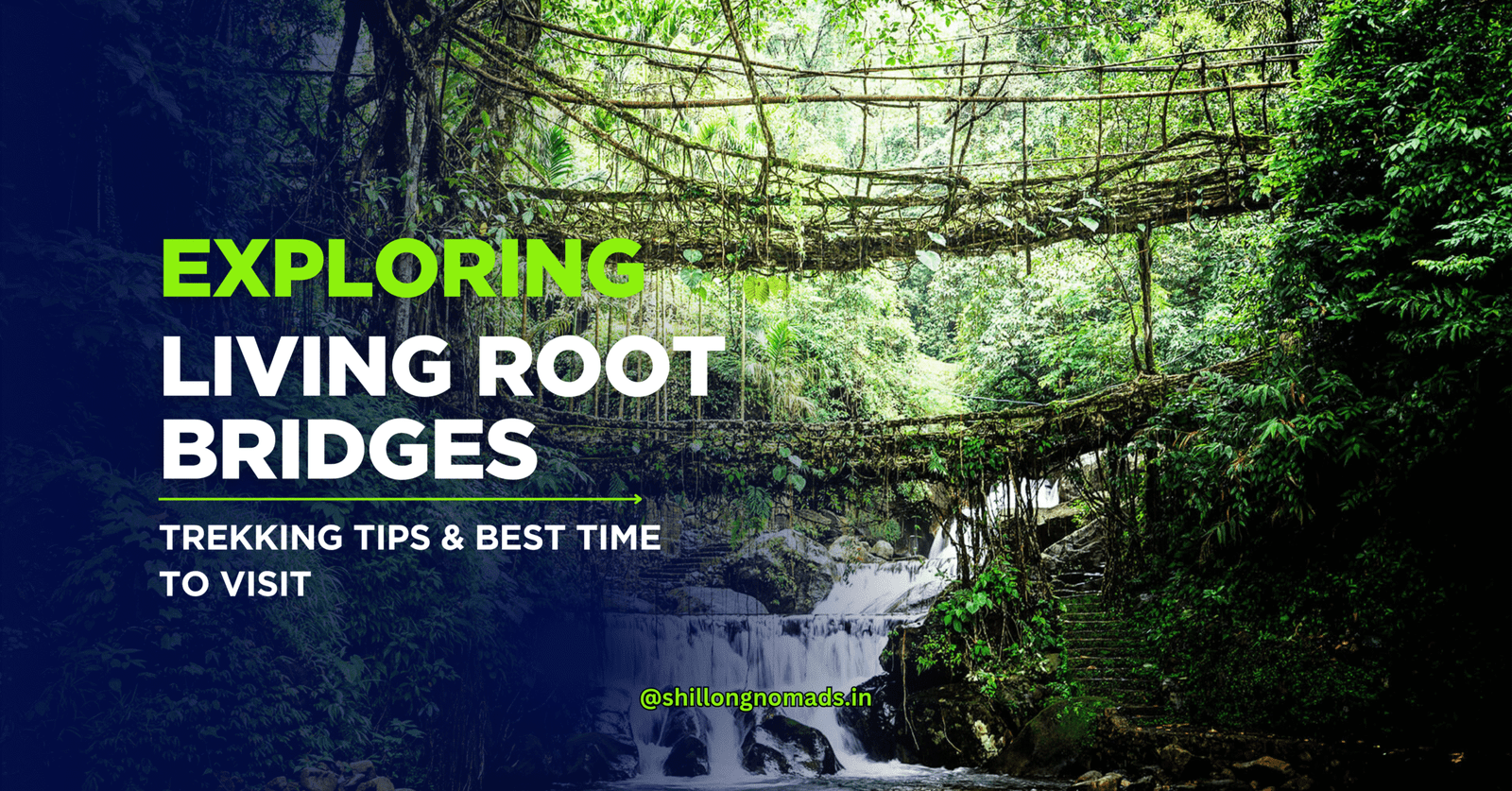
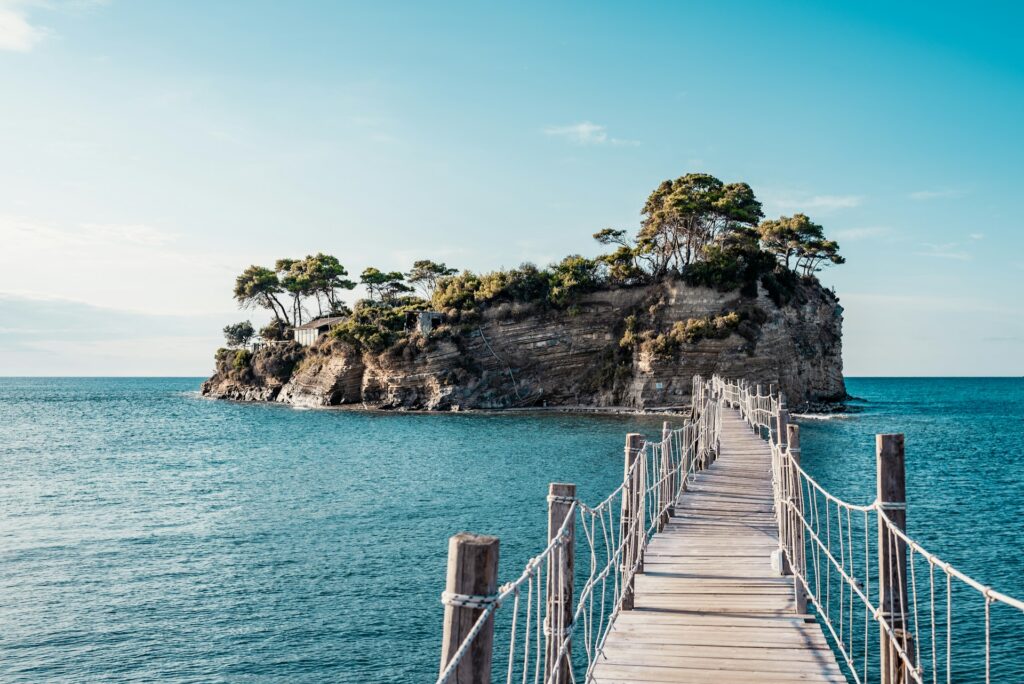
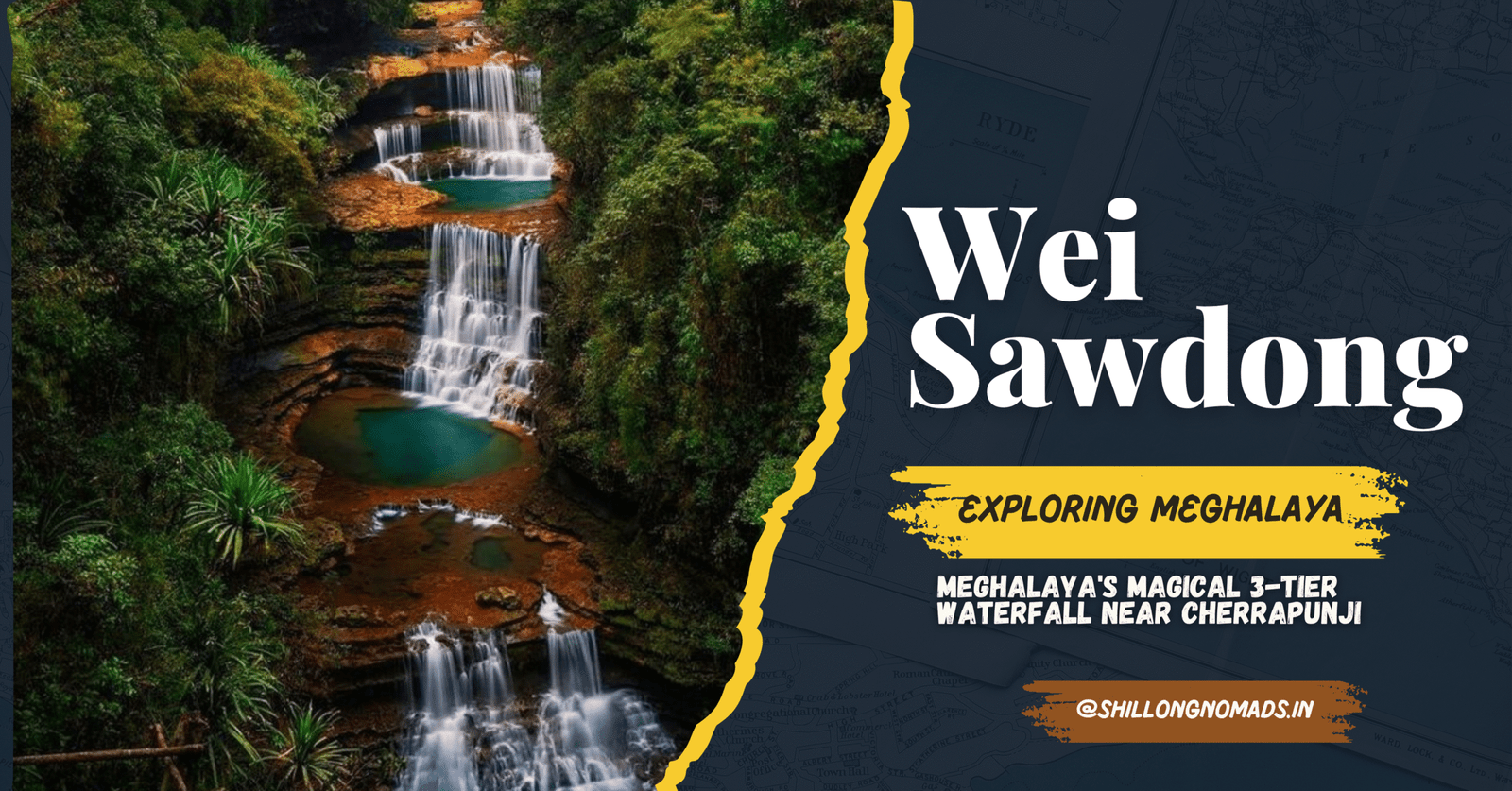

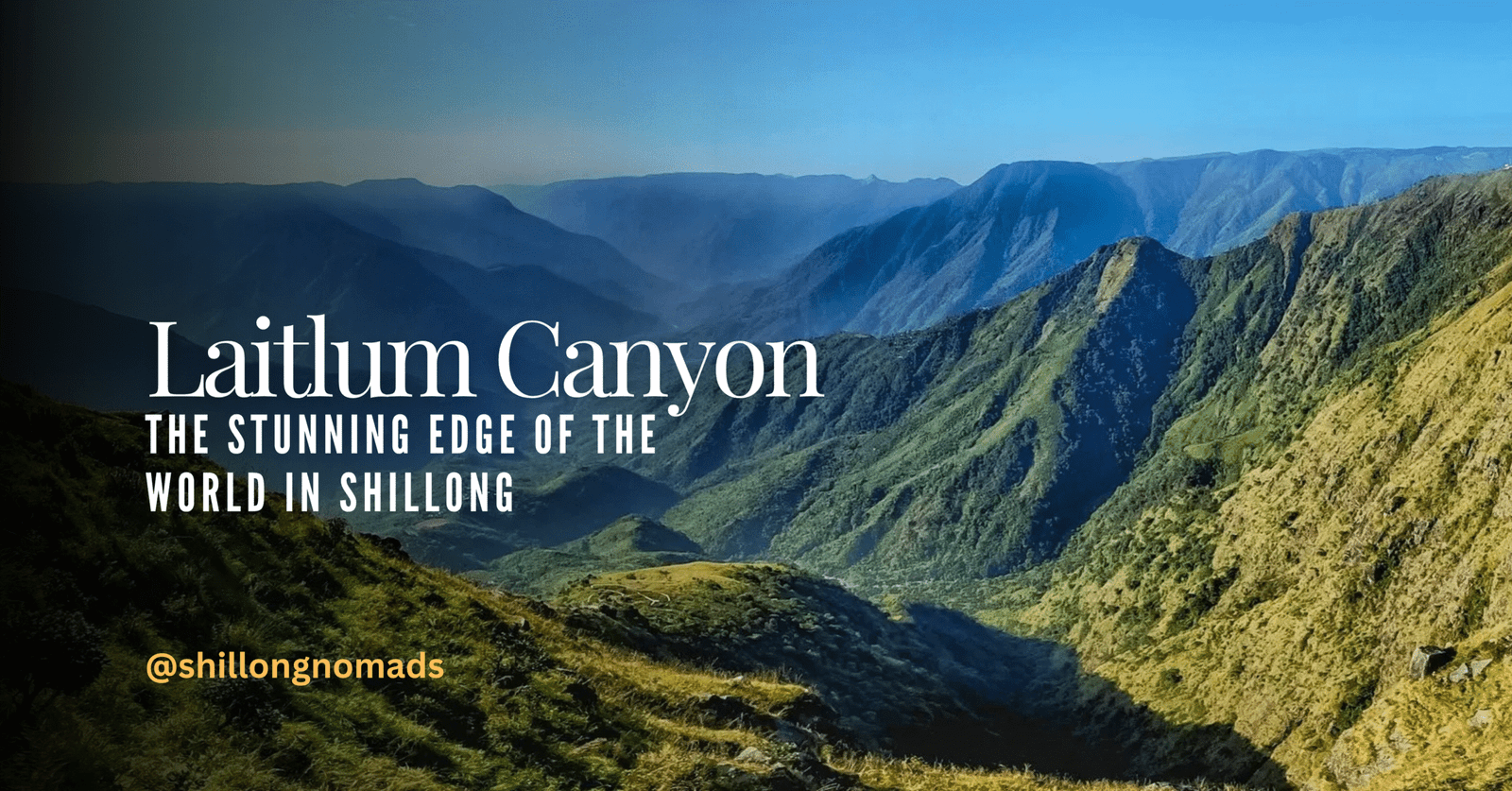
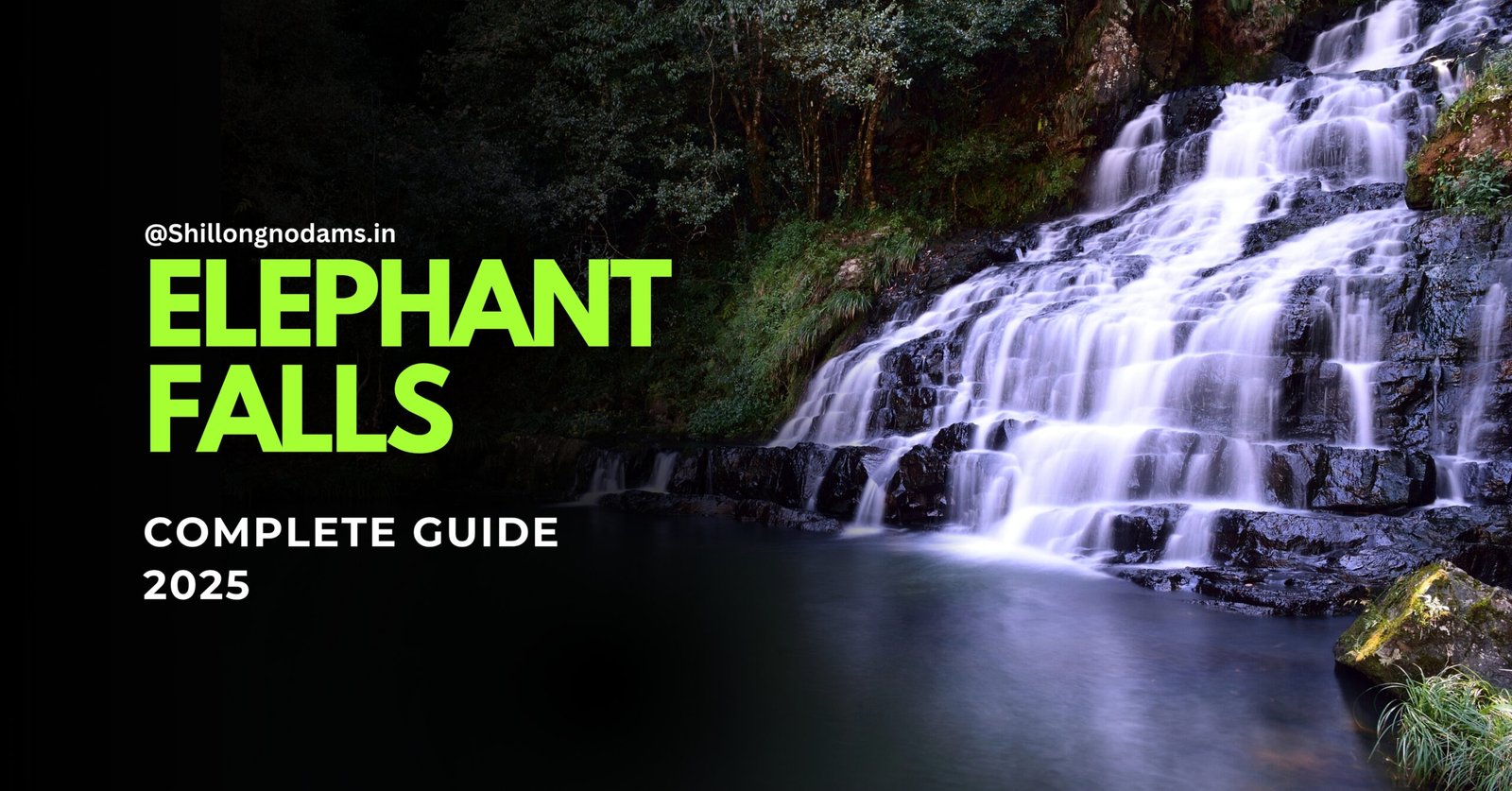
Leave a Reply